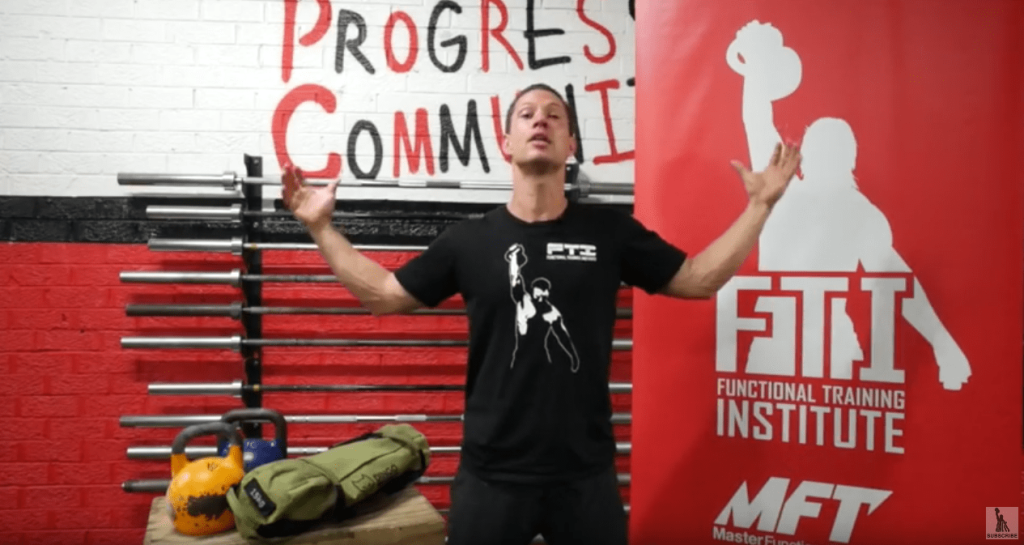We’ve all had clients who don’t get the kettlebell swing or deadlift on their first go. Be it their back rounding like a fish hook or knees bending & it becoming a squat. Swings & deadlifts require the body to learn to hinge at the hip rather than the waist or knees.
The benefits are obvious. Less movement through the spine means less chance of injury to the delicate spinal structures such as the intervertebral disks & spinal nerve roots. More hip movement means more glute strength for running, jumping & other power movements.
So, how do we get people to learn to move properly? Cueing.
People learn in one of three main ways. They either respond to visual, auditory or kinaesthetic cues. Meaning that they learn by seeing, hearing or feeling respectively.
For the visual learners you have to demonstrate good technique & highlight the points they should observe. For example, when you demonstrate a correct deadlift bring their attention to your neutral lumbar spine & how your knees aren’t flexing excessively as you descend into the lower position of the deadlift.
With visual learners it’s worth demonstrating bad technique too but make sure you do it with the Sandwich Method, i.e. precede it & follow it up with reps of proper form.
For the auditory learners you can use specific postural cues during their repetitions of swings. Cues such as “hips back” as they get into the eccentric portion of the movement work to make them hinge. Another great cue which conjures up a mental image is telling the client to close a car door behind them while their hands are holding shopping bags. If you’ve ever done that in the car park you know you have to stick your hips out while keeping the arms & chest forward otherwise you’ll topple over backwards. Thank you to a workshop participant earlier this year for that cue.
Cues to keep the spine neutral can be “chest forward”, “shoulders back”, “chin in”, “eyes on the bell”. To engage the glutes more cue them to “snap”, “thrust” or “pop” their hips forward on the concentric portion of the movement.
For the kinaesthetic learners, or those who learn by feel, you can use props or manipulate their position with your hands as they do the movement. For the deadlift you can set them up with their back to a wall, standing about one foot length away. As they descend into the eccentric portion tell them to reach their bum back to the wall & touch it before coming back up. If they just round their back they won’t reach the wall or they will fall backwards into the wall.
Another kinaesthetic cue is holding a dowel rod along their back. Tell them to keep three points of contact with the rod – the back of the head, between the scapulae & the sacrum. That way they are forced to keep the spine neutral on the eccentric.
While those are the main methods of learning, some people just don’t have the strength in their back muscles to be able to keep a neutral spine. Alternatively, some clients don’t have enough strength in their posterior chain to be able to lift weight with a hip hinge. In those cases regressing them to an easier hip hinge to groove the movement pattern is their way to progress. Refer to our article Regressing the Swing (http://www.kettlebellinstitute.com.au/regressing-the-swing/) for more on this path.
For for Newsletter

